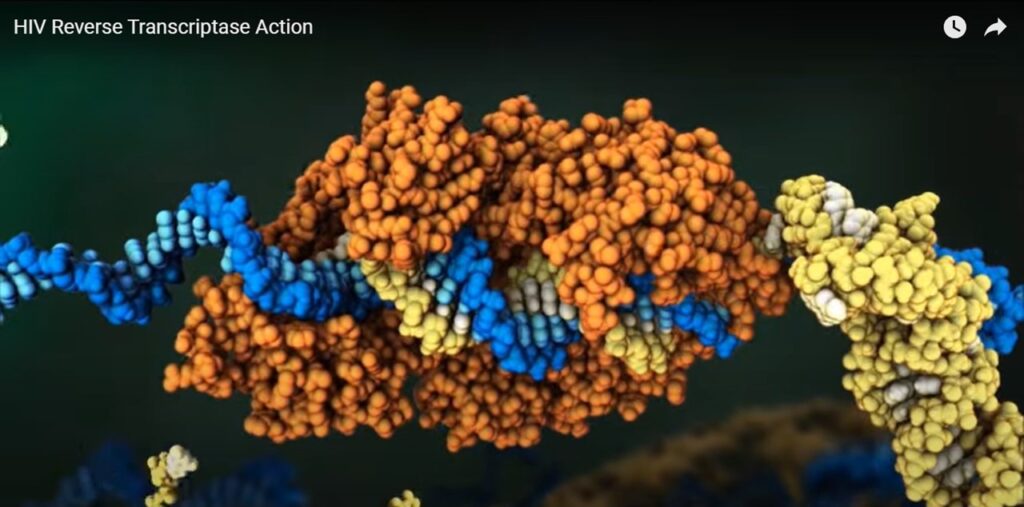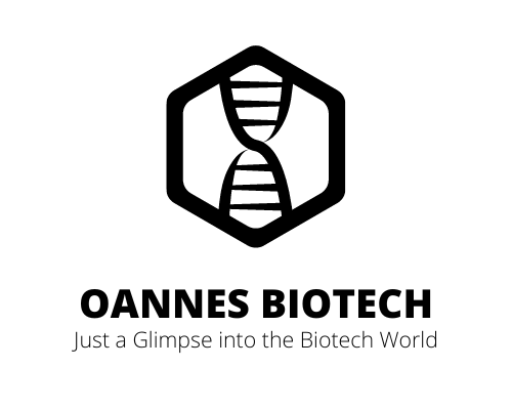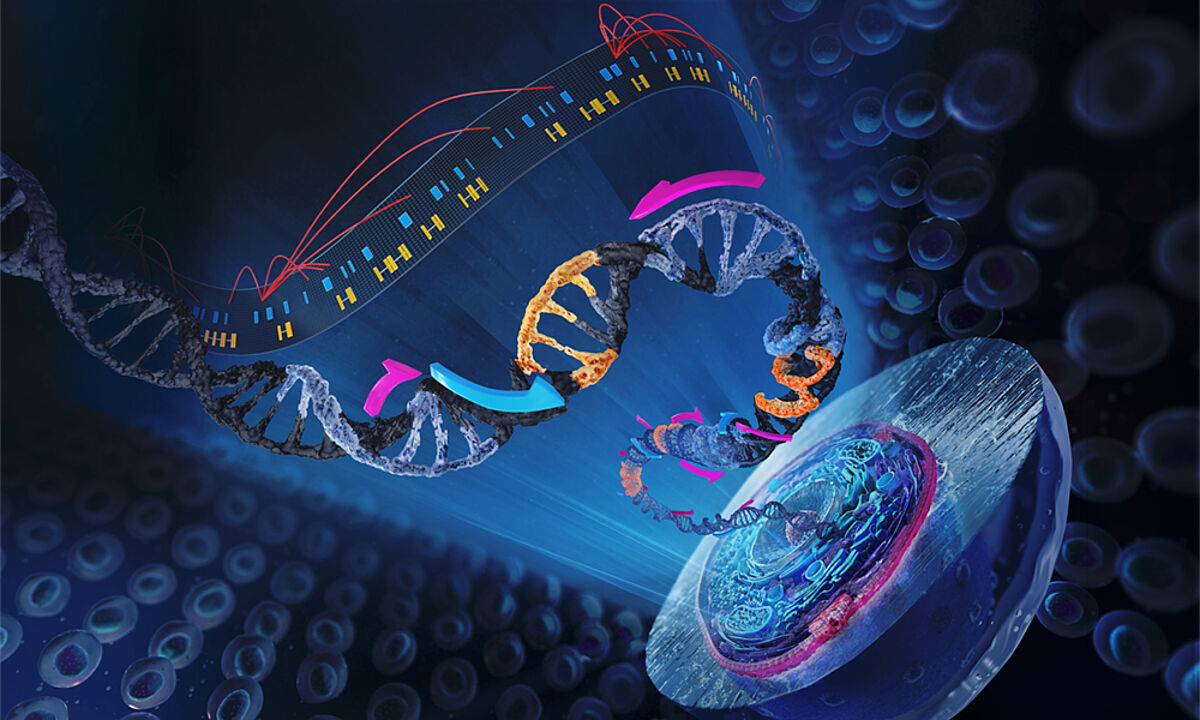In the ever-evolving landscape of molecular biology, a novel method named KARR-seq (Kethoxal-Assisted Rapid RNA sequencing) has emerged as a game-changer, propelling our understanding of RNA structures and interactions to new heights. Developed as a groundbreaking tool, KARR-seq is revolutionizing the field by providing researchers with unprecedented insights into the intricate world of RNA.
Understanding RNA’s Complexity
RNA, once considered merely a messenger in the cellular orchestra, is now recognized for its multifaceted roles beyond just transmitting genetic information. The diverse functions of RNA, from regulating gene expression to serving as catalysts for biochemical reactions, necessitate a comprehensive exploration of its structures and interactions. This is where KARR-seq1 steps in, offering a rapid and efficient means to unravel the intricacies of RNA and map the higher-order RNA structures and RNA-RNA interactions across the transcriptome.
The Essence of KARR-seq
KARR-seq involves the use of a modified reverse transcriptase enzyme that permits the mapping of interactions between RNA molecules. The method is built upon the innovative use of two key components:
- Kethoxal (3-ethoxy-1,1-dihydroxy-2-butanone), an inorganic compound already well-known for its antiviral and anaplasmosis properties that reacts with nucleic acids and shows a high specificity with the guanine in ribonucleotides. This residue is not involved in hydrogen-bonding2,3 and thus can be used to study the interactions in the higher orders RNA structures and RNA-RNA interactions. This binding is reversible and kethoxal can easily be removed once the analysis is terminated;
- Dendrimers: defined as highly ordered, branched polymeric molecules, with a highly symmetrical core within a spherical three-dimensional morphology, these compounds are used to probe the binding landscape of biomolecules.
Speed and Precision
One of the standout features of KARR-seq is its speed. Traditional methods for probing RNA structures often involved time-consuming protocols, limiting the scale of experiments. KARR-seq, however, accelerates the process, allowing researchers to obtain comprehensive RNA structural data in a fraction of the time. This speed not only enhances research efficiency but also facilitates the exploration of dynamic RNA structures that were elusive with conventional techniques.
Unraveling RNA Structures
KARR-seq has proven instrumental in unraveling the 3D structures of various RNA molecules. From complex RNA folds involved in gene regulation to dynamic structures governing RNA-protein interactions, this method offers a detailed glimpse into the architectural intricacies of RNA. Researchers can now explore how RNA molecules fold, interact, and function in real-time, fostering a deeper understanding of their roles in cellular processes.

Applications in Disease Research
The implications of KARR-seq extend far beyond fundamental RNA biology. The method has found applications in disease research, where understanding RNA structures and interactions is crucial. In the context of diseases like cancer, neurodegenerative disorders, and viral infections, KARR-seq provides a valuable tool for deciphering the aberrations in RNA structures that contribute to pathogenesis. This knowledge opens avenues for the development of targeted therapies aimed at modulating RNA behavior.
Advancing Drug Discovery
KARR-seq is not only advancing our understanding of RNA but also playing a pivotal role in drug discovery. By elucidating the structures of RNA molecules involved in disease pathways, researchers can identify potential therapeutic targets. The precision offered by KARR-seq enables the design of drugs that specifically target the RNA structures associated with pathological conditions, paving the way for more effective and tailored treatments.
Challenges and Future Directions
While KARR-seq represents a revolutionary leap in RNA research, challenges remain. The method’s sensitivity to experimental conditions and the need for specialized expertise pose hurdles that researchers are actively addressing. As the technology evolves, collaborations between experts in chemistry, biology, and computational sciences are essential for refining and expanding the applications of KARR-seq.




